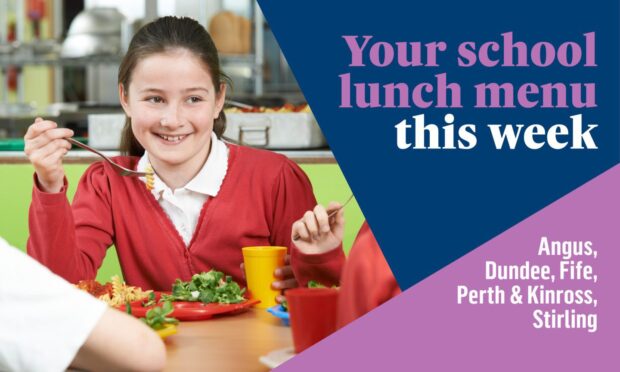
Eight primary schools in Angus score full marks in The Courier’s ranking for pupils’ performance in literacy and numeracy.
Woodlands Primary School, in Carnoustie, is among those to gain a full house of 40 points. That is out of almost 51 local authority schools in the area
This reflects the proportion of children in P1, P4 and P7 meeting expected curriculum levels for reading, writing, numeracy and listening and talking.
Search for your school in our table further down this article to see how it does.
Highest scorers
In Angus the primary schools scoring a full 40 points are:
- Birkhill
- Grange
- Letham
- Liff
- Mattocks
- Northmuir
- Rosemount
- Woodlands
Find your school’s score in our searchable table
You can find out how your school does by searching for it by name in our table. You can also see how it did last year.
How did we award scores?
Our scores are based on Scottish Government data showing the percentage of pupils in P1, P4 and P7 meeting expected levels in Scotland’s curriculum.
Pupils sit assessments at these three stages in four areas – listening and talking, reading, numeracy and writing.
The latest results for the 2023/24 academic year – known as Achievement of Curriculum for Excellence Levels data – were published this week.
For each of the four areas we awarded one point for 0 to 10% of pupils meeting expected levels, two points for 10% to 20%, and so on, up to 10 points for 90% or more.
The published data gives only a percentage range, eg. 80-90%, for individual schools rather than an exact percentage.
For some smaller schools data is withheld as it could allow an individual pupil’s performance to be identified.











Conversation